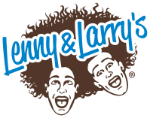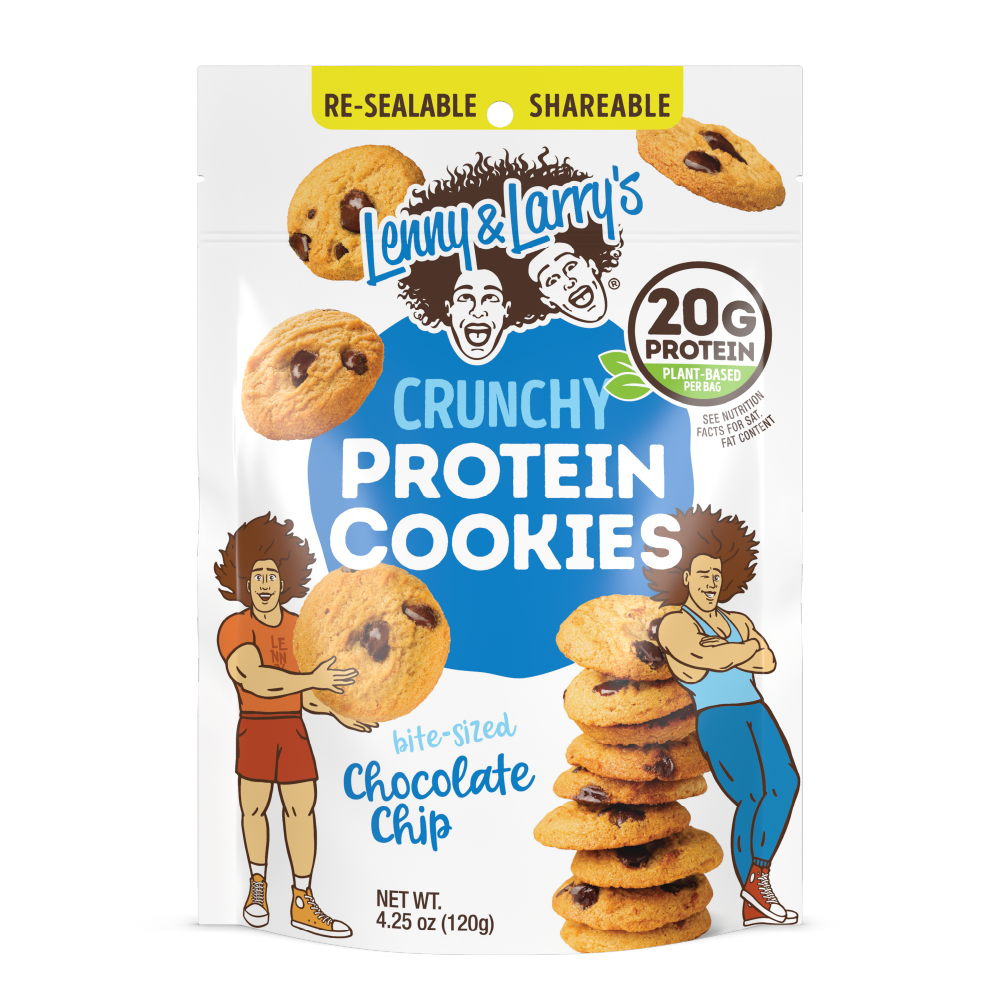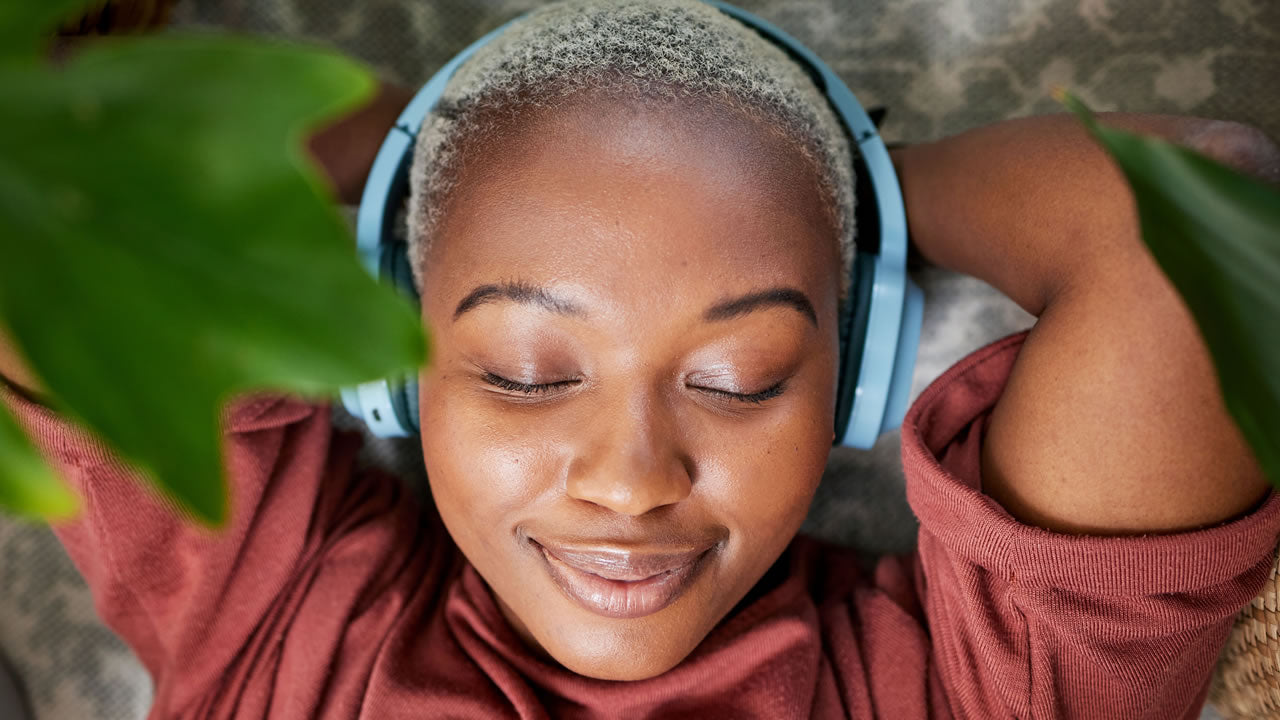Today, emotional well-being and mental health are receiving long-overdue attention. And creative emotional expression has emerged as a dynamic and effective pathway to navigate such landscapes. It is a method that not only facilitates understanding and coping with emotions but also fosters personal growth and emotional resilience. Incorporating activities like journaling, art therapy, and music therapy into our daily lives can be a transformative journey, a path that is as enriching as it is healing.
Creative emotional expression

Unleashing the power of creativity to express emotions opens up an entirely new dimension of self-understanding, transformation, and healing. At its core, creative emotional expression involves the utilization of various artistic and creative mediums—be it painting, writing, dancing, or playing an instrument—to embody and convey one's feelings. The idea is to channel emotions that may sometimes be complex and difficult to articulate verbally into a form that allows for a deeper and more nuanced exploration.
Scientific research backs the efficacy of this creative approach to emotional expression. A study published in the American Journal of Public Health revealed that engaging in creative activities has a direct positive impact on health, with benefits such as stress reduction, improved cognitive function, and increased feelings of positivity and relaxation. Another significant study in the field of neuroscience shows that creative activities stimulate the brain's reward center, triggering the release of dopamine, a natural antidepressant.
Psychologist Mihaly Csikszentmihalyi's concept of "flow" is a theory gaining traction. Flow, a state of deep immersion and engagement in an activity, is often achieved during creative tasks, leading to a sense of fulfillment and tranquility. Moreover, the Jungian theory of active imagination further underscores the therapeutic potential of creativity. According to Carl Jung, engaging in creative activities allows us to tap into the subconscious mind, unearthing and addressing underlying emotional issues.
More than being a mere stress-buster, creativity serves as a medium that goes beyond the confines of language, enabling us to express feelings that words often fail to encapsulate. It acts as a bridge between the conscious and unconscious mind, promoting self-discovery and personal growth. And the process of creating something tangible offers a sense of accomplishment, enhancing self-esteem and instilling a sense of purpose.
From a socio-cultural perspective, creative emotional expression also plays a crucial role. It enables individuals to connect with others on an emotional level, fostering empathy and mutual understanding. It provides a shared language of emotion, contributing to stronger and more authentic human connections.
In essence, harnessing the power of creativity in emotional expression serves as a lifeline that can guide us through the labyrinth of our emotions, providing therapeutic benefits, nurturing our mental well-being, and enhancing our overall quality of life.
Various Forms of Creative Emotional Expression
The world of creative emotional expression is as diverse as our feelings, encapsulating numerous channels for expressing our inner selves. Three of these methods that particularly stand out in their power and popularity are journaling, art therapy, and music therapy.
A. Journaling

Journaling serves as a personal dialogue with oneself, a mirror that reflects our thoughts and emotions. It's the art of transcribing our internal experiences onto paper, allowing us to better understand and manage our emotional states. The act of writing can have a therapeutic effect, promoting self-awareness, reducing stress, and enhancing emotional wellbeing. Journaling provides a record of our emotional journey, helping us identify patterns, understand triggers, and monitor our growth over time.
Starting a journaling practice for emotional health is straightforward:
- Select Your Journal: Pick a journal that you're drawn to, it could be a plain notebook or a specialized journal.
- Set a Routine: Carve out a specific time each day for journaling. Consistency is key to reaping the benefits.
- Freewrite: Let your thoughts and feelings flow freely onto the paper, without worrying about grammar or coherence.
- Reflect: Regularly review past entries to recognize emotional patterns and track your progress.
B. Art Therapy

Art therapy uses the process of creation as a form of self-expression and exploration. It's not about the aesthetic value of the artwork but the therapeutic journey taken during its creation. Art therapy facilitates the expression of emotions that may be challenging to articulate verbally, aiding in the processing of these feelings and offering stress relief. It also boosts self-esteem by allowing individuals to see a physical manifestation of their emotional state.
To begin practicing art therapy for emotional health, consider the following steps:
- Choose Your Medium: Decide which art medium appeals to you the most - this could be drawing, painting, sculpting, collage-making, or anything else that allows you to create.
- Set Aside Time: Dedicate a specific time each day for your artistic practice.
- Create Without Judgment: The goal is not to create a masterpiece, but to express your emotions. Allow yourself to create freely without self-criticism.
- Reflect on Your Art: Spend time interpreting your artwork. Try to understand what your creation is saying about your emotional state.
C. Music Therapy

Music therapy is another impactful form of creative emotional expression. It involves using music—either listening to, creating, or moving to it—as a means to express and manage emotions. Music therapy can promote emotional release, enhance mood, reduce anxiety, and provide comfort. The rhythm and melody of music can mirror our internal emotional state, creating a resonance that can lead to deeper understanding and processing of emotions.
Getting started with music therapy for emotional health involves these steps:
- Choose Your Approach: Decide whether you want to listen to music, play an instrument, sing, or use movement (such as dance) to express your feelings through music.
- Establish a Routine: Allocate a specific time each day for your music therapy practice.
- Engage Actively: Whether you're listening to or creating music, try to be fully present in the activity. If you're listening, focus on the lyrics, melody, and rhythm. If you're creating music, allow your feelings to guide the process.
- Reflect on the Experience: After each session, take time to reflect on how the music influenced your emotions. Notice any shifts in your mood or insights that may have surfaced.
Through these diverse methods, creative emotional expression offers us a valuable toolkit for exploring our emotions, fostering self-understanding and contributing to our overall emotional health. Each method, be it journaling, art therapy, or music therapy, holds a unique power and appeal, ready to aid us on our journey of emotional self-discovery and healing.
Embracing the Power of Creative Emotional Expression
Navigating the vast seascape of our emotions can sometimes feel daunting. However, as we've explored throughout this article, there are powerful tools at our disposal—journaling, art therapy, and music therapy—that can facilitate this voyage and even transform it into an enriching journey of self-discovery. The therapeutic potential of these creative mediums lies not only in their capacity to give form to our feelings, but also in their ability to tap into our inherent creativity, enriching our emotional wellbeing and mental health. They allow us to better understand ourselves, articulate our feelings, foster personal growth, and cultivate emotional resilience.
Your emotional health is a lifelong journey, and every step you take, no matter how small, is a stride towards greater wellbeing, self-understanding, and overall happiness. Happy creating!
 Lenny and Larrys
Lenny and Larrys
